Cute koalas, wombats, quokkas, and kangaroos… If those are the only animals that come to mind when you think of Australia, then you might be in for a rude awakening.
Though the risks of personally getting injured are low, it is still worth knowing that Australia is home to some of the deadliest critters in the world. Knowing what to watch out for will help you know what to avoid when/if you ever see one. These are the 10 most dangerous animals in Australia.
1. Box jellyfish (aka boxfish, sea wasp, fire medusa or stinger)

It doesn’t often kill swimmers, yet the box jellyfish usually has a 10/10 danger rating. It’s said to be the most toxic animal on earth with venom containing toxins that attack the heart, nervous system, and skin. Because it is pale blue and transparent, it is very hard to see. The sting is said to be unbelievably painful. The toxin immobilizes nerves, affects breathing and movement and a large dose can cause cardiac arrest and even death within minutes.
In Queensland, first responders are trained to deal with such emergencies and you will almost always find vinegar on the beach in case of emergency – pee won’t cut it! You will find it (… and avoid it) in Northern Australia, especially between October and May.
2. Taipan snake
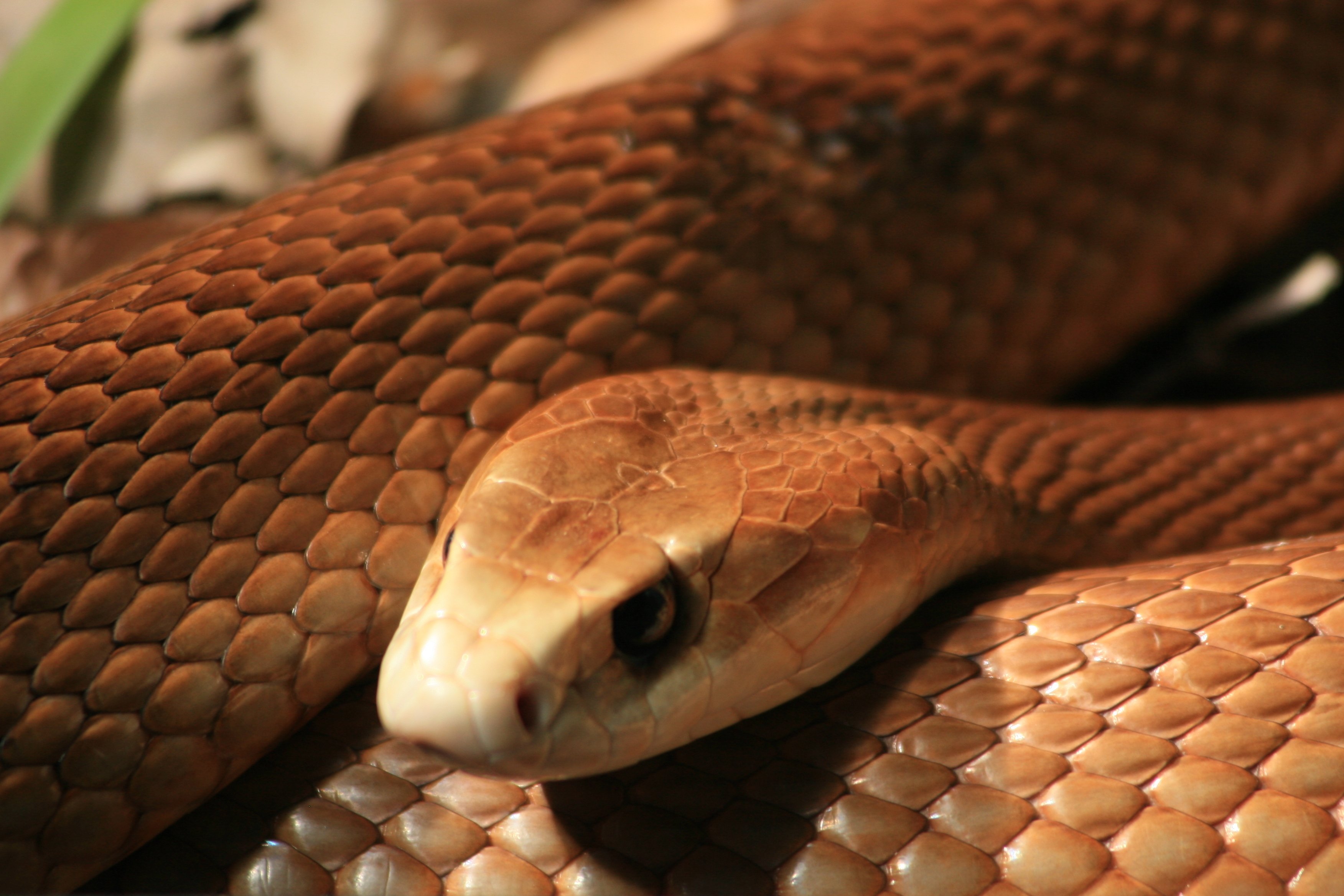
The most venomous snake in the world is endemic to Australia and lives in the desert. On the bright side, it tends to slither away from humans rather than fight them—only a handful of people have been bitten by this species and yes, they survived. Still, even with good travel insurance, you probably don’t want to test its highly toxic venom.
3. Saltwater crocodile (aka salties)
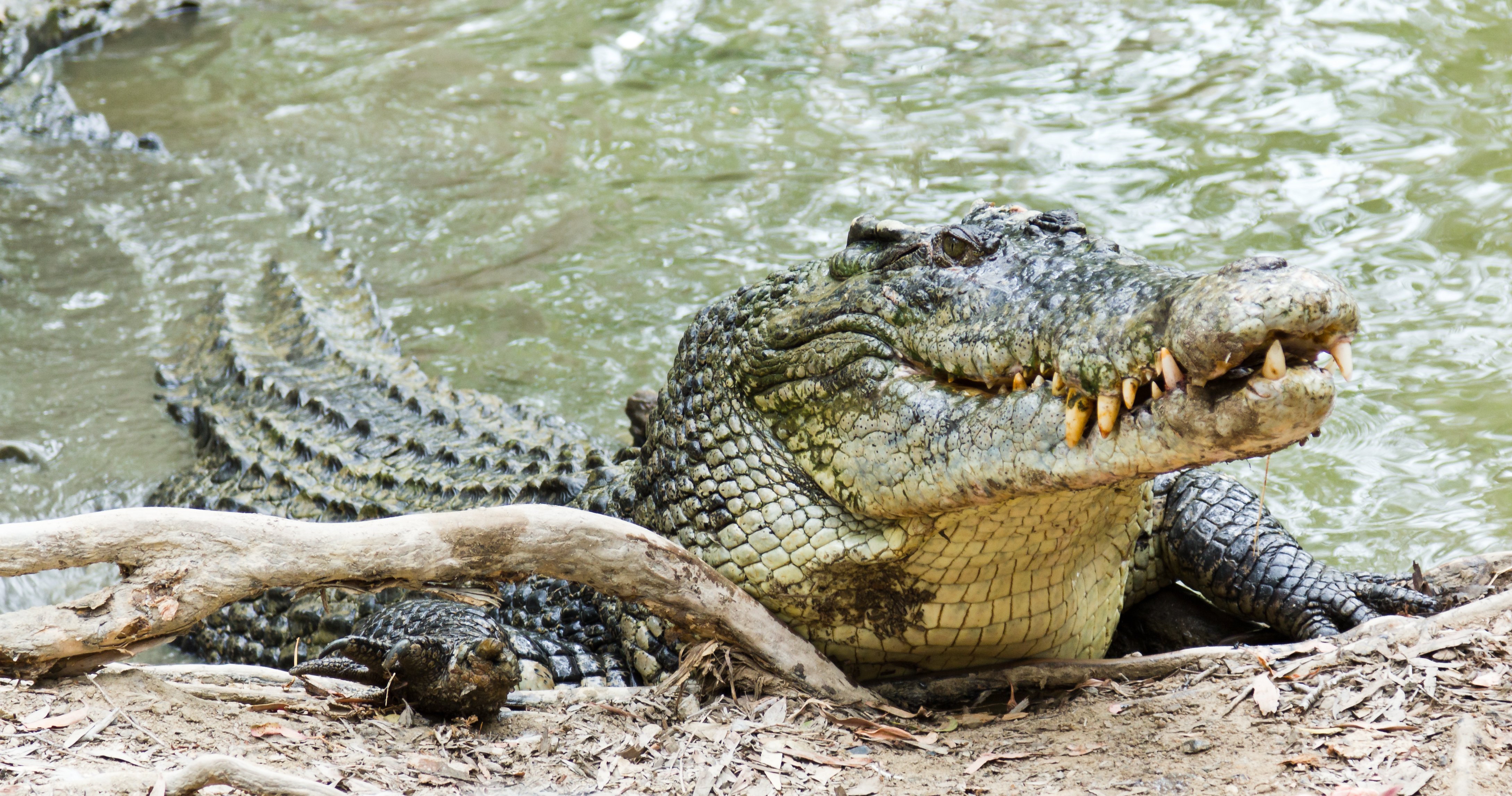
Saltwater crocodiles can be found in the ocean, but they are more likely to be in estuaries, and occasionally, freshwater. Historically widespread throughout Southeast Asia, it’s almost exciting in the wild—but not in Australia and especially not around Darwin where you should take these picturesque “crocodile warning” signs seriously.
Salties are huge, aggressive and opportunistic. They eat small and big animals, including humans, although it’s still fairly rare (24 deadly attacks between 1975 and 2009). Still, make sure it’s safe to swim and avoid swamps.
4. Blue-ringed octopus
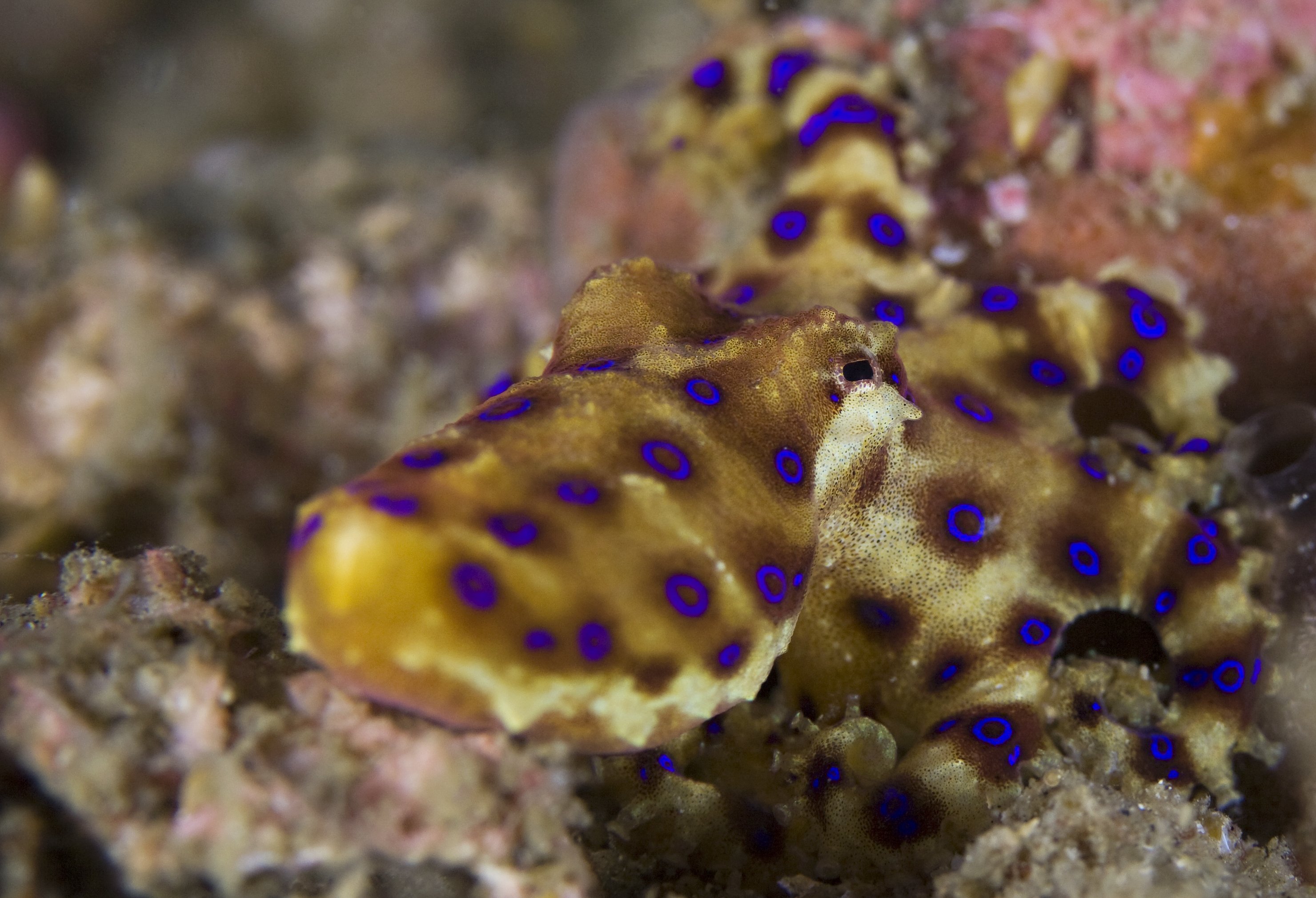
They look absolutely amazing in a fish tank but don’t touch—these ball-sized creatures bite and are highly venomous. The sting is often fatal, the body shuts down, becomes increasingly paralyzed and breathing is no longer possible. There’s no known anti-venom, although treating a bite is possible and includes helping the patient breathe until the toxin is removed from the body.
5. Stonefish
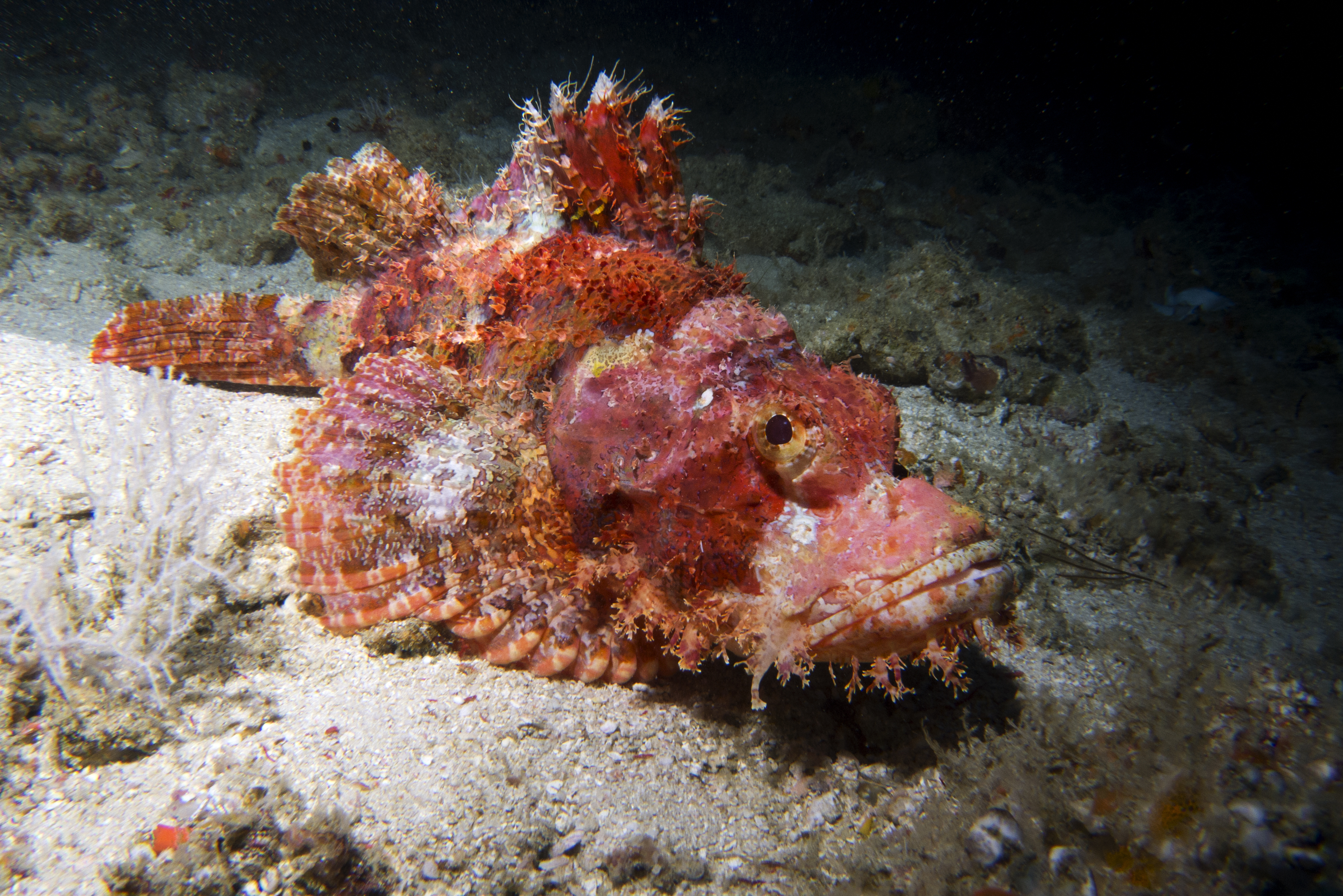
Dangerously venomous and even fatal to humans, the stonefish is very hard to spot because it usually lies motionless, camouflaged—very inconvenient, for sure. They are found throughout shallow coastal waters of the northern half of Australia. Just don’t step on them.
6. Redback spider (aka Australian black widow)
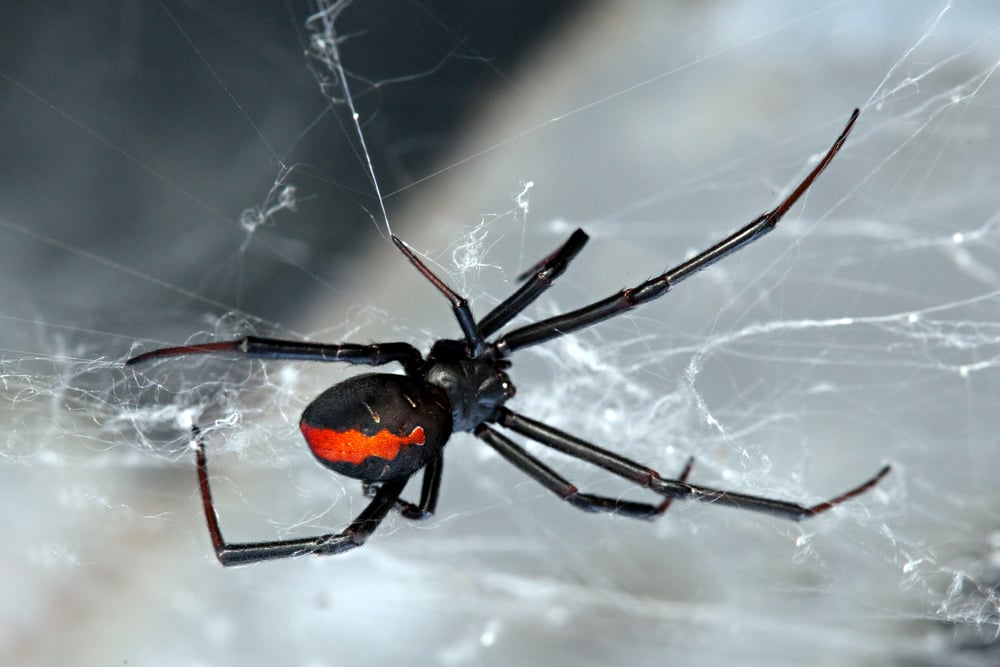
If you’re usually scared of spiders, you can be extra scared of this one. It’s small (about 1 cm) but highly venomous and it can be found throughout the country. The bite can cause death but it usually doesn’t because antivenom has been available since 1956.
7 and 8. Brown snake and tiger snake

Both species are highly venous and can be deadly, but antivenom does exist. Phew.
9. Great white shark
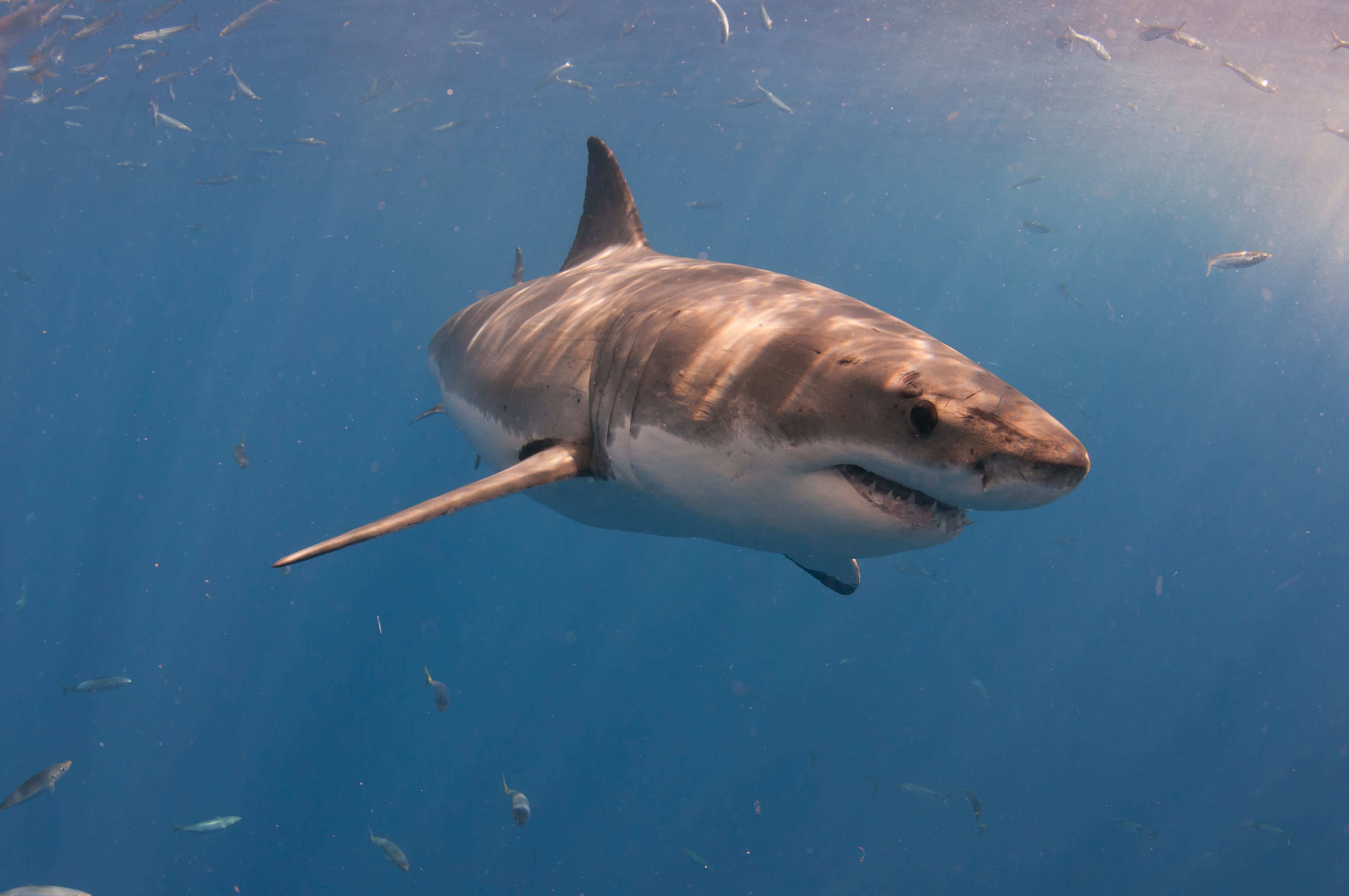
Australia’s legendary beaches are a paradise for surfers… until you hear “SHAAAARK”!
The great white shark is a famous predator but its reputation as a man-eater is pretty unfair—Hollywood helped built this crippling image. Myths die hard, but the truth is that human-caused shark mortality is continuing, primarily from accidental and illegal catches in commercial and recreational fishing. Sharks also tend to mistake surfers for turtles or sea lions. That said, deadly encounters are exceedingly rare, only about 5 yearly in the entire world.
10. Sydney funnel web spider
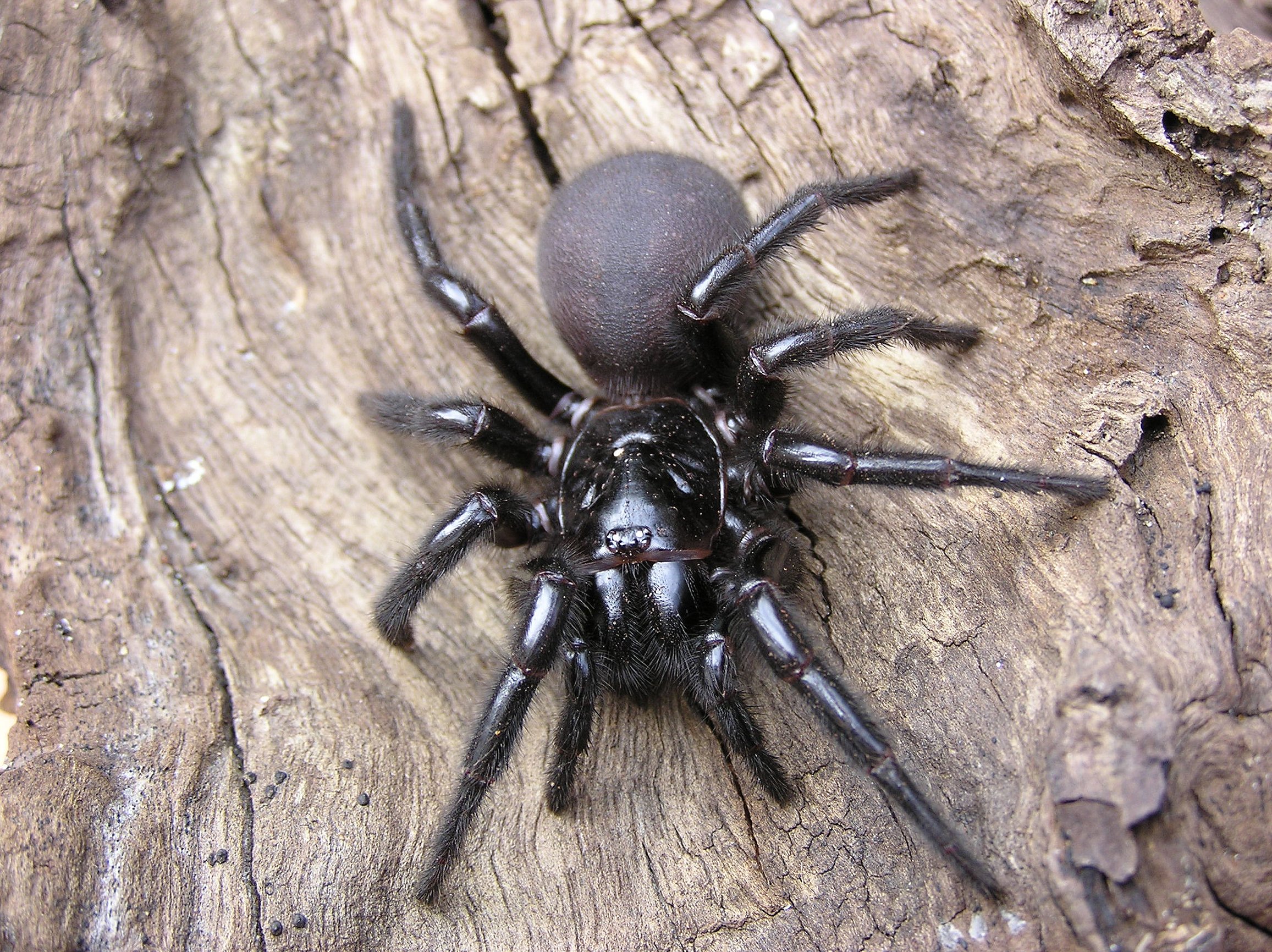
This small spider (1–5 cm) loves to hide in cool, humid places—including under rocks, logs or in your shoes. In New South Wales, they can take shelter in homes if the weather is particularly hot (yes, even if you never invited them). The spiders can survive immersion in water for several hours by trapping air bubbles next to their skin, so spiders found at the bottom of swimming pools may still be alive. The bite is very painful and potentially deadly but antivenom exists.
















 Français
Français English
English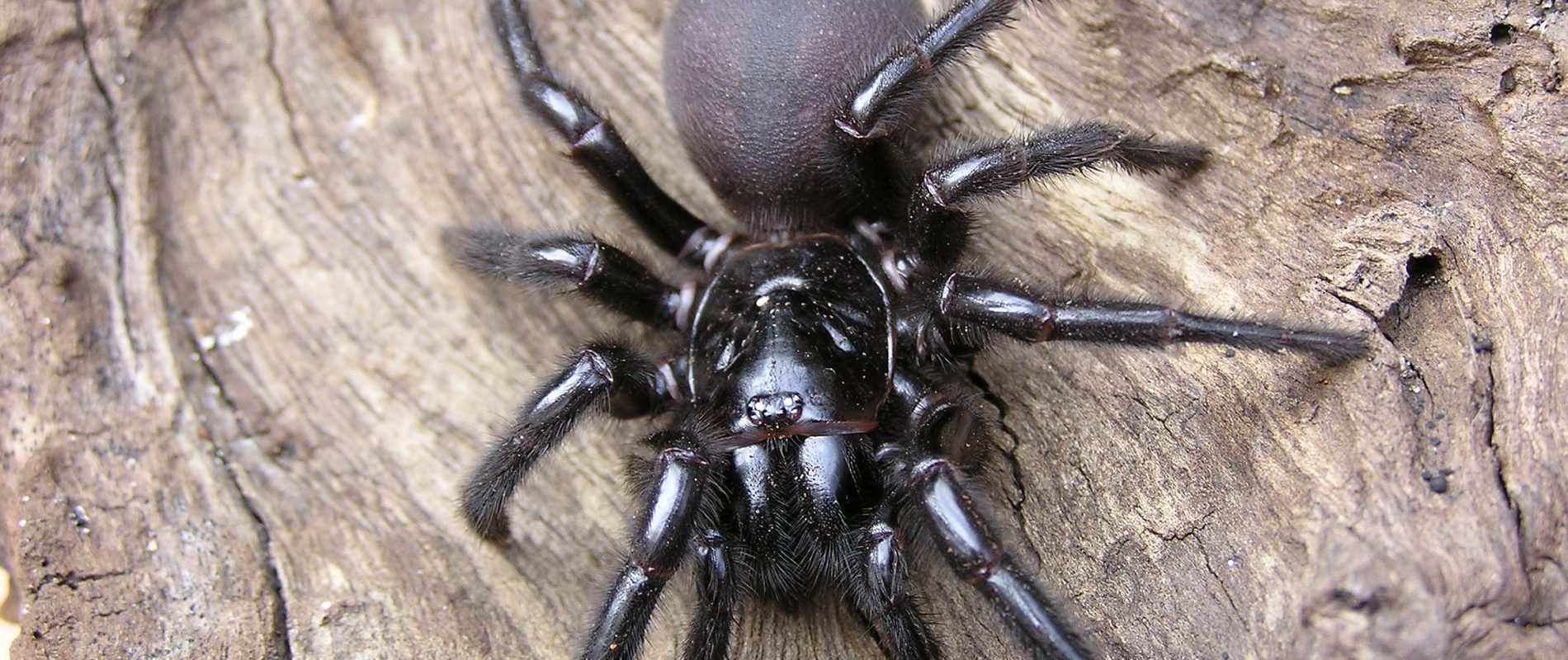
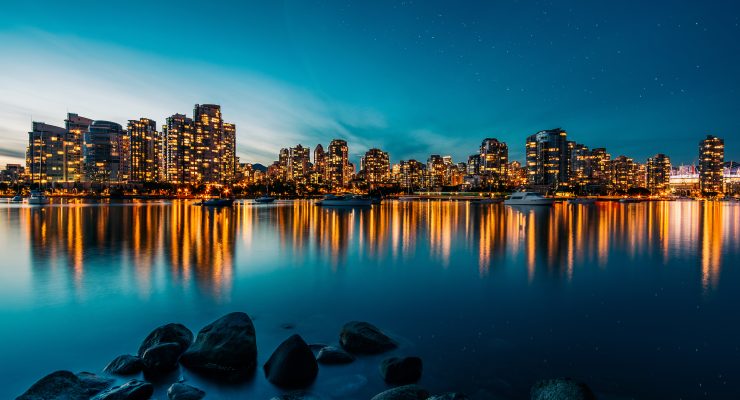
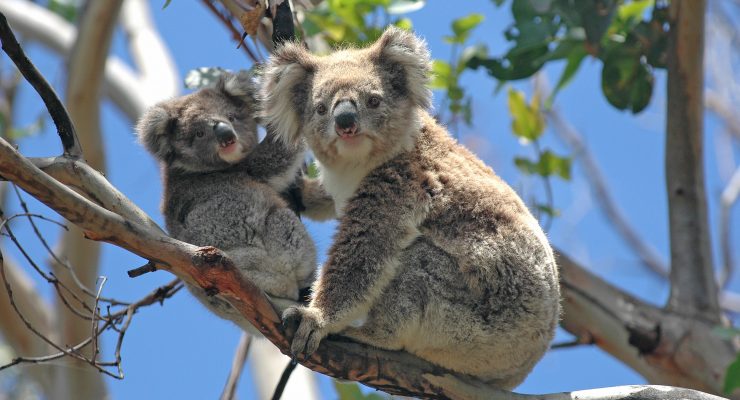
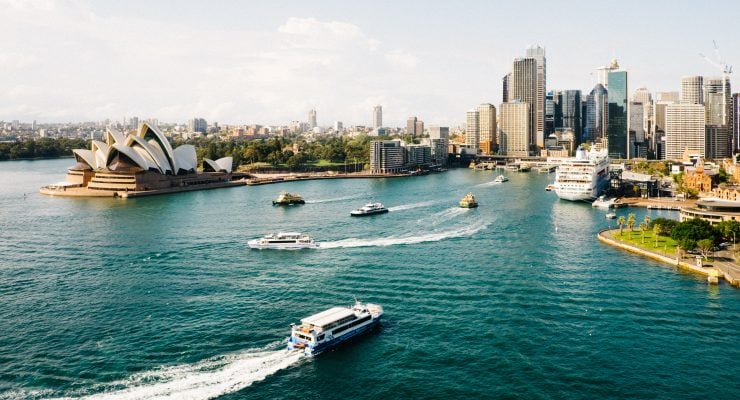
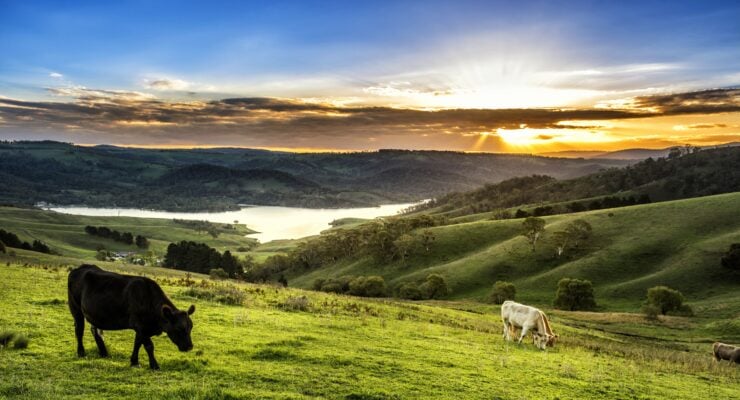
(2) Comments
Most Dangerous and most venomous are two different things .
The inland Taipan is the most venomous snake in the world however it’s not the most dangerous because most people will never even come into contact with one given their very specific living conditions .
The Eastern Brown is the second most venomous land snake in the world and I would actually put this at one because yes ,it is a danger because they are common .
Again , Crocodile , only in certain parts of Australia, most not even likely to see one in the wild .
Kangaroos btw are not cuddly and can be quite dangerous .
I think you need to investigate a bit more .
I agree with most of this list, but the red backed spider does not belong on it. Mostly it causes extreme pain. The anti venom is only used if pain relief does not work. The funnel web spider is a lot more venomous.
{{like.username}}
Loading...
Load more